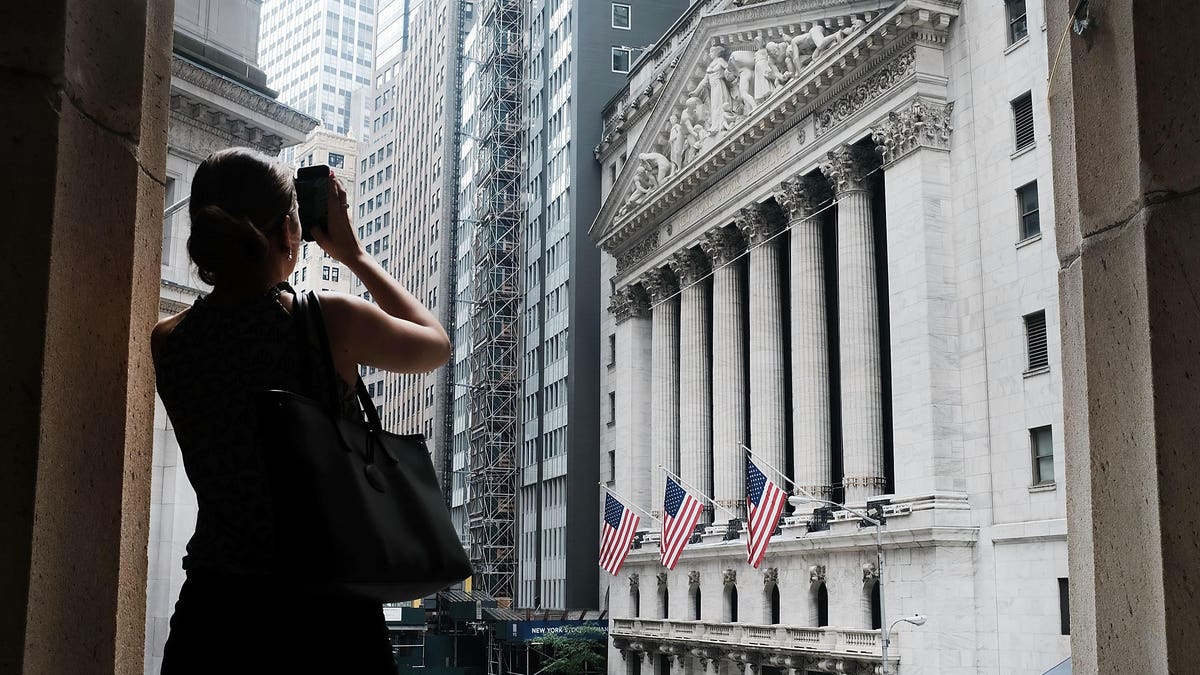Topline
This week’s historic surge in U.S. defense stocks following Hamas’ attack on Israel is unlikely to continue, according to Bernstein analysts, citing prior market performance amidst international military conflicts.
Key Facts
Wall Street has pumped money into the defense sector following the largest military escalation in years out of Israel, with the iShares U.S. Aerospace & Defense ETF up 6% since Friday, headlined by Lockheed Martin and Northrop Grumman’s strongest stock gains in more than three years.
War stocks typically notch immediate gains after geopolitical shocks, but “history shows…those increases generally stall and are not sustainable,” Bernstein analysts led by Douglas Harned argued in a Wednesday note to clients.
In order to continue the rally, defense stocks would need a significant rise in the U.S. defense budget, the “leading driver” of the grouping’s market performance, Harned argued.
That’s an unlikely scenario considering the “dysfunction” in Congress and the “relatively small scale” of the Israel-Hamas conflict in its current stages, according to Harned, who cited examples of long-term strife like the Cold War and war in Iraq as long-term drivers of defense stock growth, evoking last year’s short-lived rally for the bunch after Russia invaded Ukraine.
In the first week of trading after Russia attacked Ukraine, the iShares defense ETF surged 5% on the back of roughly 20% rallies from Lockheed Martin and Northrop Grumman, but the sector fell nearly 20% over the next six months as deteriorating macroeconomic conditions outweighed the war bump.
Big Number
$28.4 billion. That’s the combined jump in market capitalization since Friday from American defense contractor giants Lockheed Martin, Northrop Grumman, L3Harris, Raytheon and General Dynamics.
Tangent
The U.S. stock market’s broad rally this week in the face of escalating tensions abroad is “unusual,” according to LPL Financial strategist George Smith, who analyzed S&P 500 returns following 24 other destabilizing geopolitical events dating back to 1941. Smith found the S&P experienced an average drop of 1.1% in the first trading session after such events and an average total related dip of 4.7%, though it took just six weeks for the index to recover to its pre-strife level. “Equities have historically held up well during geopolitical shocks, including wars and other military conflicts going back decades,” Smith explained in a Tuesday note.
Contra
Perhaps the most tangible near-term impact from the war in Israel is regarding interest rates. Over the last week, the odds of the Federal Reserve enacting another rate hike next month declined from 23% to 16%, according to futures market data tracked by CME Group, largely inspired by the jump in crude oil prices and subsequent negative impact on inflation via potentially higher gas prices.
Read the full article here













Leave a Reply